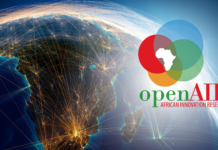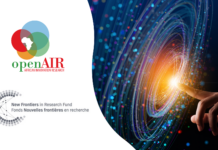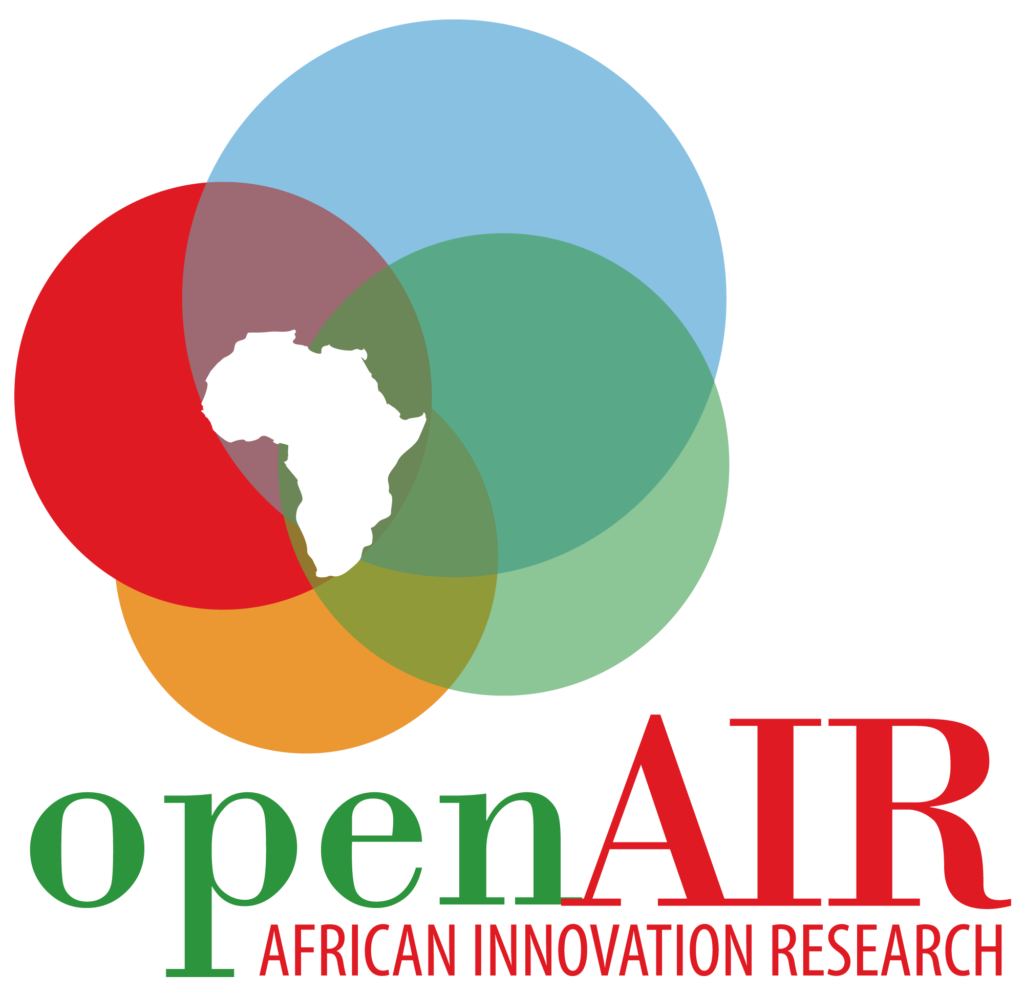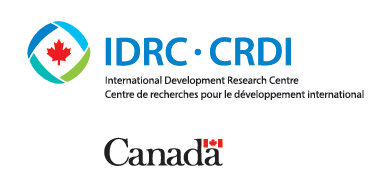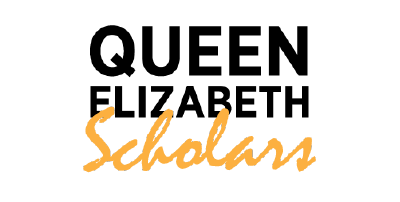By Helen Chuma-Okoro and Nicole Tumaine
Access to knowledge (A2K) is necessary to further innovation and creativity. Due to the exclusive nature of intellectual property rights (IPRs); the question of how to reconcile the restrictions contained in IP laws with the need for open A2K required to advance innovation and creativity has been dominant in international IP discourse. This question is especially prominent where countries of the Global South are concerned.
Last year, Open AIR researchers joined with other experts and stakeholders to examine this question at two international conferences in Toronto, Canada, namely Creative Commons (CC) 2018 Global Summit and the RightsCon. Thanks to Open AIR’s sponsorship, Helen Chuma-Okoro, a recipient of the Queen Elizabeth II Scholarship from Open AIR, was privileged to participate in both conferences, while Nicole Tumaine, an Open AIR emerging researcher, also attended RightsCon. Below is their summary of both events.
Creative Commons (CC) is an international NGO made up of stakeholders from different backgrounds (fondly referred to as “Commoners”), united in their common passion for open culture. From April 13-18 2018, the CC congregated a group of business, academic, policy experts, and other stakeholders in Toronto to review past efforts at increasing access to and the scope of the CC, and to discuss road maps for the future.
The CC Summit focused on the theme: “On common ground: collaborate and participate”. To unpack this theme, the summit featured presentations, panel discussions, workshops, and keynotes grouped in broad categories. One prominent issue that arose in those sessions were the common concern in ensuring that cultural goods remain beneficial to both the user and the creator communities. As well, laws and policies should remain relevant to achieving this goal in the face of rapidly evolving technological changes/innovations.
The User-Centred Commons track focused on issues concerning both users and creators of content and how they use, create and share content in recognition of the dynamism and interchangeable nature of these roles in the digital era. It also explored new (alternative) ways to leverage the potential of current technologies to derive greater benefits from cultural goods. The “user-creator” perspective states that the frictions between the Commons system and IP laws can be resolved by acknowledging the rights of both the users and creators of innovation. In his presentation on 3D Printing and Open Innovation, Intellectual Property, the Creative Commons and the New Economy, Mathew Rimmer proposed “User-Creator” collaboration as an alternative approach to reconcile the “open culture of the maker movement and the closed culture of the copyright industries” in the face of current technologies and controversies between the two. The general conclusion was that the issue of 3D printing spans several IP laws governing-copyright, trademarks, trade secrets, etc., with overlaps, creating tension between the maker movement and work owners. This can be resolved by encouraging new frameworks such as CC licenses and sui generis IP regulations.
This approach confirms previous Open AIR research as published in Open AIR’s Innovation and Intellectual Property: Collaborative Dynamics in Africa, and intersects with current Open AIR case studies on maker spaces. Similar thematic issues on the relationship between traditional knowledge (TK) and IP and the management of TK by indigenous communities also featured in the Summit. The Summit discussed “how to deal with TK and indigenous knowledge in a way that is appropriate”. “Appropriate” was understood as measures that would help indigenous communities in managing rights over their Indigenous Communities and preserve the integrity and authenticity of their knowledge. The discussants reiterated the perennial issues in aligning IP norms with IC where the concept of “ownership” is not recognised and noted that this friction exists even where open access (OA) models are used. They lamented the fact that information and traditional objects were appropriated and curated without proper attribution to their original sources or respect for their sacredness (ethos).
This appropriation was aided not only by copyright laws but also (sometimes) by open models like CC licenses and OA publishing. While copyright laws for the most part barred indigenous people from accessing materials harvested from their IC; OA publishing was also inappropriate for IC since OA publishing mounted to a decision that the IC was consequently property of the commons. This was wrong because, as one of attendees commented: “Planting your flag in our garden doesn’t make it your garden”. Thus while copyright is a potential tool for third parties to exercise control over IC, OA strategies are also capable of stripping Indigenous communities of control over their IC. Using examples, the panelists demonstrated how these frictions can be addressed and best practises instilled.


